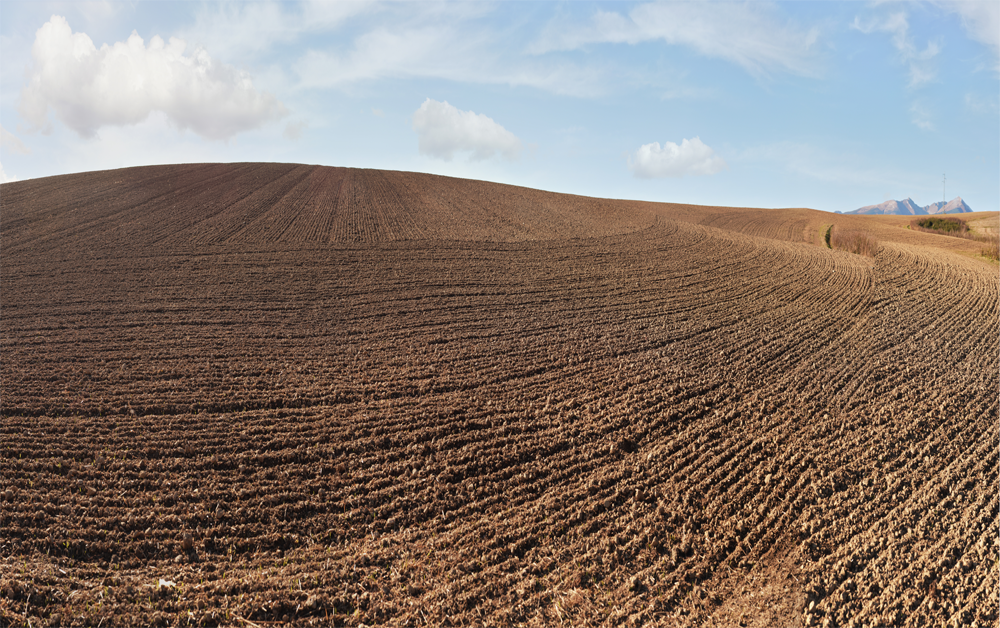Vertical tillage is a modern agricultural practice designed to improve soil health and crop production by minimally disturbing the soil. Unlike conventional tillage methods that turn and invert the soil, vertical tillage uses straight, vertical blades to cut through the soil surface, leaving the natural soil layers intact. This technique helps to manage crop residue, reduce soil compaction, and enhance water infiltration without significantly disrupting the soil structure. By maintaining the soil’s natural profile, this promotes healthier root systems and overall better crop performance.
Farmers often choose vertical tillage as a sustainable farming approach to managing residue and preparing seedbeds. It provides the benefits of traditional tillage, such as breaking up surface compaction and incorporating organic matter, without the downsides of soil erosion and moisture loss. Vertical tillage tools can vary in design but typically involve equipment that slices through the soil vertically, mixing residue into the top few inches of soil to enhance decomposition and protect the soil surface from erosion.
Differences Between Vertical Tillage, Strip Till, and Conventional Tillage
- Vertical Tillage: Uses vertical blades to lightly till the soil surface, preserving soil structure and reducing erosion. It is ideal for managing residue and improving seedbed conditions without excessive soil disturbance.
- Strip Till: Combines elements of no-till and conventional tillage by tilling only narrow strips where seeds will be planted, leaving the rest of the field undisturbed. This method improves soil structure and reduces erosion while creating optimal conditions for seed placement.
- Conventional Tillage: Involves full inversion of the soil through plowing or disking, which can lead to soil erosion, compaction, and loss of organic matter over time. While it provides a clean seedbed, it can negatively impact long-term soil health.
Recommended Areas for Vertical Tillage in the U.S.
Vertical tillage is particularly recommended in the Midwest, especially in states like Iowa, Illinois, and Nebraska, where managing heavy residue from corn and soybean crops is essential. It’s also effective in regions with compacted soils that need loosening to improve water infiltration.
Soil Types Suited for Vertical Tillage
It works best in well-drained soils, such as loamy or sandy soils, where it can effectively manage residue and improve root growth. It is less effective in heavy clay soils prone to waterlogging, where this method may not fully address deeper soil compaction. In these conditions, soil moisture can remain trapped, making it difficult for vertical tillage to penetrate and alleviate compacted layers.
For optimal results, regularly monitor soil conditions. In well-drained soils, vertical tillage promotes better aeration and nutrient uptake, enhancing crop yields. Conversely, in clay soils, consider supplementary practices or alternative tillage methods to address compaction issues more effectively.
Benefits of Vertical Tillage
- Reduces Soil Compaction: By loosening the top layer of soil, it promotes better root penetration and growth.
- Improves Water Infiltration: Enhances water absorption, reducing runoff and improving moisture retention.
- Manages Crop Residue: Effectively chops and incorporates residue, speeding up decomposition and improving seedbed conditions.
- Preserves Soil Structure: Maintains natural soil layers, supporting long-term soil health and productivity.
- Reduces Erosion: Minimizes soil disturbance compared to conventional tillage, which helps prevent erosion.
Challenges
- Equipment Costs: Requires specialized equipment, which can be a significant investment for farmers.
- Effectiveness on Heavy Soils: Less effective in heavy, compacted clay soils where deep tillage might be necessary.
- Risk of Over-Tillage: Excessive passes can lead to soil degradation, defeating the purpose of conservation tillage.
- Weed Management: May not control weeds as effectively as conventional tillage, requiring additional weed control measures.
- Maintenance: Due to the blade structure and cutting components, regular upkeep may be necessary for proper functioning.
How AgNote Will Enhance Your Farm Management
AgNote is a farm management software specifically designed to support vertical tillage and other farming practices. It offers tools to plan and track tillage operations, monitor soil health, and manage equipment maintenance, helping farmers optimize their tillage strategies and improve field performance. With AgNote, you can streamline your farm operations and make data-driven decisions to enhance soil health and crop yields. Start your free 7-day trial with AgNote today and see how it can transform your tillage management practices.
